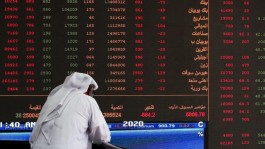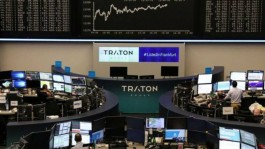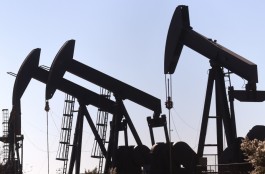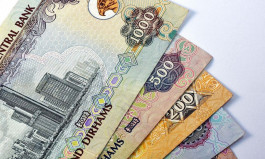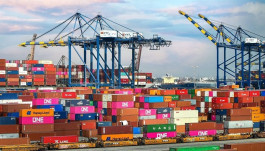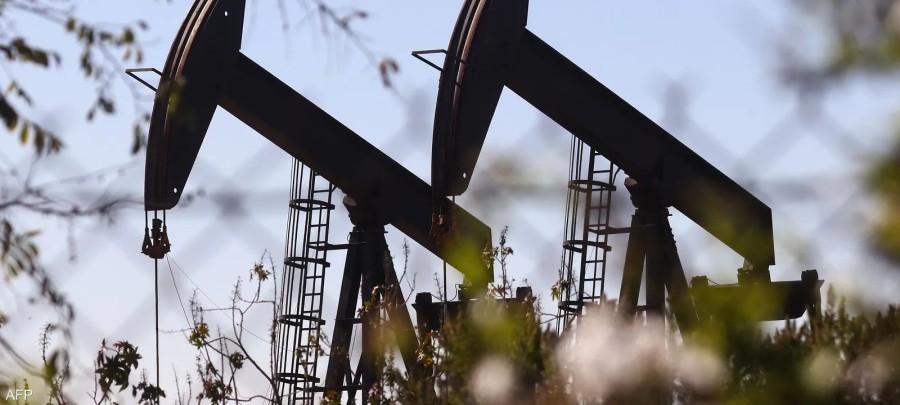Oil prices stabilized after a three-day decline, as investors assessed the impact of Western sanctions on major Russian crude producers, amid mixed industry estimates of changes in U.S. inventories.
Brent crude traded above $64 a barrel after falling more than 2% in the previous three sessions, while West Texas Intermediate crude approached $60.
Matthew Whitaker, the US ambassador to NATO, said that US President Donald Trump would move forward with implementing tough new sanctions against Moscow, with the aim of pressuring Vladimir Putin to enter into negotiations to end the war in Ukraine.
Meanwhile, a U.S. industry report showed a 4 million barrel drop in total nationwide crude oil inventories, along with declines in gasoline and distillate stocks. However, the report also noted an increase in crude oil inventories at the main storage hub in Cushing, Oklahoma. Official data is due later on Wednesday.
Oil is heading for its third consecutive monthly decline.
Oil is heading for its third consecutive monthly decline, with prices falling due to expectations of a global surplus as the OPEC+ alliance increases production.
The alliance is scheduled to meet at the end of the week, where it is expected to approve a further increase in supply. Traders are also monitoring progress on a US-China trade deal, with a meeting between Trump and his Chinese counterpart Xi Jinping anticipated on Thursday.
Sanctions against Russia are shrouded in uncertainty.
Warren Patterson, head of commodity strategy at ING Group NV in Singapore, said: “The fundamentals in the oil market remain skewed to the downside, as the OPEC+ alliance continues to increase supply while the market surplus deepens.”
He added: “It is clear that sanctions on Russia remain the main factor surrounded by uncertainty, and we will need more time to gain clarity on their effects.”
Last week, the US Treasury Department blacklisted Rosneft PJSC and Lukoil PJSC, Russia’s two largest oil producers, while traders closely monitored signs of the impact of these sanctions.
US officials said the administration's plan aims to make Russian trade more expensive and riskier without causing prices to rise. In Asia, Indian state-owned refiners are considering whether they can continue purchasing some discounted Russian shipments through suppliers not subject to sanctions.
Watch for US interest rates
Traders are also awaiting a meeting of the US Federal Reserve on Wednesday, which could determine investors' overall appetite for riskier assets, including commodities. Policymakers are expected to cut interest rates by a quarter of a percentage point.
Regarding petroleum products, the spread between European diesel futures and Brent crude futures – known as the crack – rose to its highest level in more than 20 months this week, as a result of sanctions imposed on Russia and the disruption of some refineries, threatening market supplies.
In the latest trading, Brent crude futures for December delivery fell 0.2% to $64.28 a barrel at 11:38 a.m. in Singapore. West Texas Intermediate crude futures for December delivery declined 0.1% to $60.07 a barrel.









